How hydrogen peroxide helps in the kitchen
“An undeservedly offended and neglected kitchen helper” - this is how hydrogen peroxide can be described. Indeed, among the bright jars and spray bottles, it is not always possible to find a nondescript bottle of peroxide.
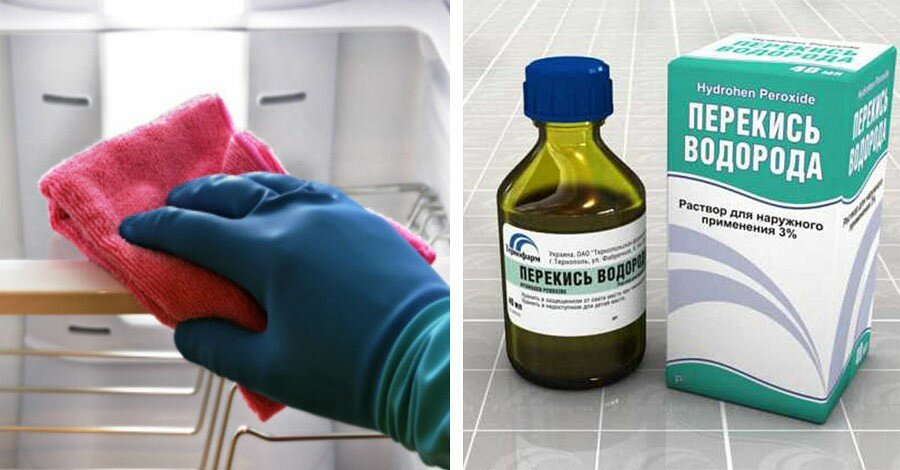
But our ancestors actively used available pharmaceutical drugs not only for their intended purpose. Peroxide was used to wash various contaminants from work surfaces and disinfect products.
It is difficult to count all the possibilities of this inexpensive liquid. One cheap bottle can replace a whole battery of different advertised substances, ranging from dishwashing detergents to preparations for cleaning walls and floors. This means that the place of peroxide is not only in the medicine cabinet! What makes the product so versatile?
The content of the article
Properties and capabilities of peroxide
The capabilities of peroxide are due to the presence of an “extra” (compared to water) hydrogen atom in the chemical formula. This atom makes it able to dissolve in water, alcohol and ether.
The oxidizing properties of an aqueous solution of hydrogen peroxide have found application in everyday life and industry.Everyone knows about its ability to whiten teeth, lighten hair, disinfect wounds, dissolve ear wax... And even revive suffocated aquarium fish. But how can these “abilities” be applied in the kitchen?
Using hydrogen peroxide in the kitchen
Are there no bacteria, pathogenic microbes, or fungi in the kitchen? Sometimes it seems that there is no way to deal with them, as, for example, with mold fungi. Significant funds are being thrown away to fight them. But if you remember about peroxide, then everything will turn out to be much cheaper, you will need literally pennies. How else does a “penny remedy” help housewives?
Processing of vegetables and fruits
The vegetables and fruits we buy pass through many hands. Therefore, concern about their harmlessness is not at all superfluous. Of course, no one has canceled traditional washing. But it does not guarantee 100% cleaning.
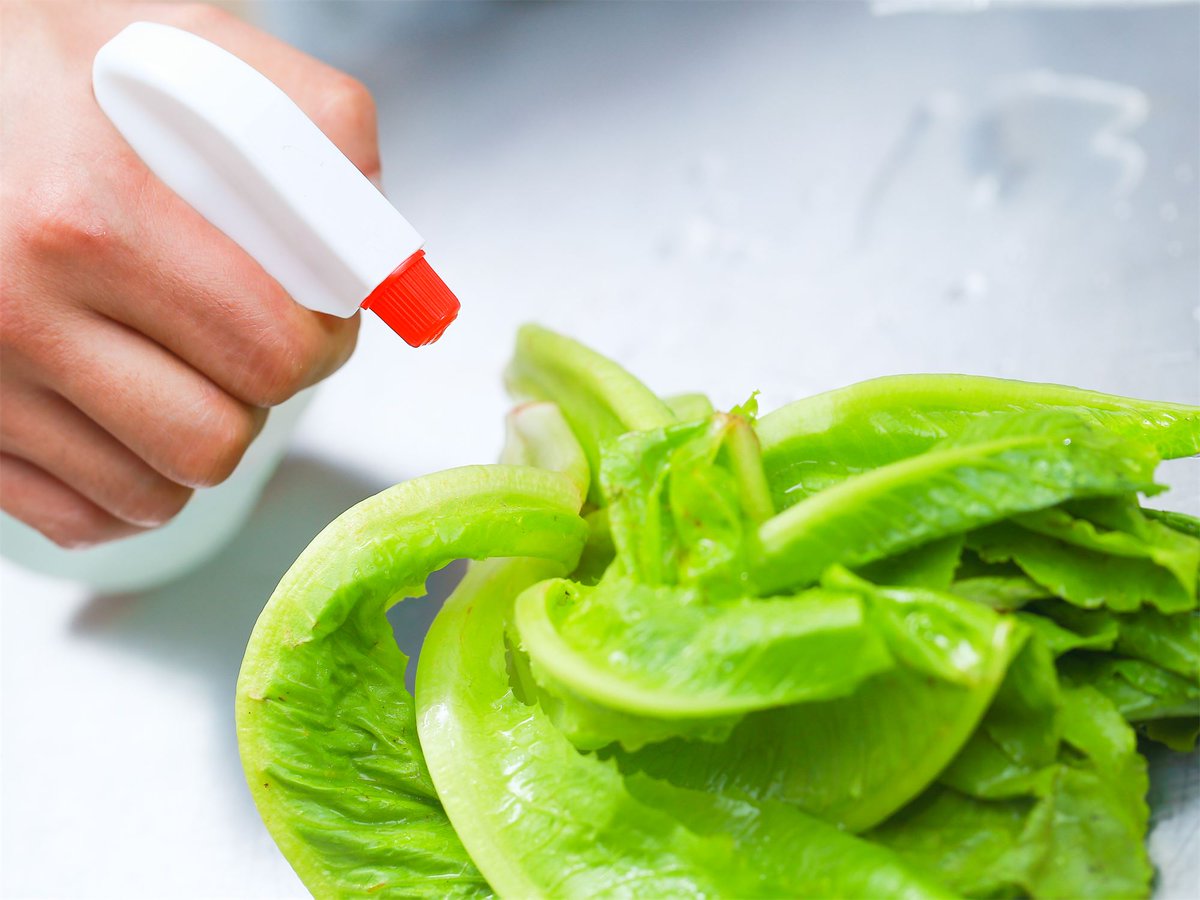
Advice! To properly clean vegetables and fruits, you need to spray a solution of hydrogen peroxide on them. After a few minutes, rinse with plain water and let dry naturally.
Peroxide is a kind of preservative and even a resuscitator. It refreshes wilted lettuce leaves and keeps food fresh.
Reference! To “reanimate” the salad, sprinkling is required, but to “preserve” vegetables, a twenty-minute bath in the solution followed by drying is required.
By the way, during “bathing”, garden crops get rid of a significant amount of chemicals used in their cultivation.
Washing kitchen utensils and dishes
Even in the food industry, a solution of hydrogen peroxide is used to disinfect surfaces that come into contact with finished products.Why not do the same thing, but not on an industrial scale, but within your own kitchen? Let's remember about microbes that cannot resist peroxide and disinfect cutting boards.
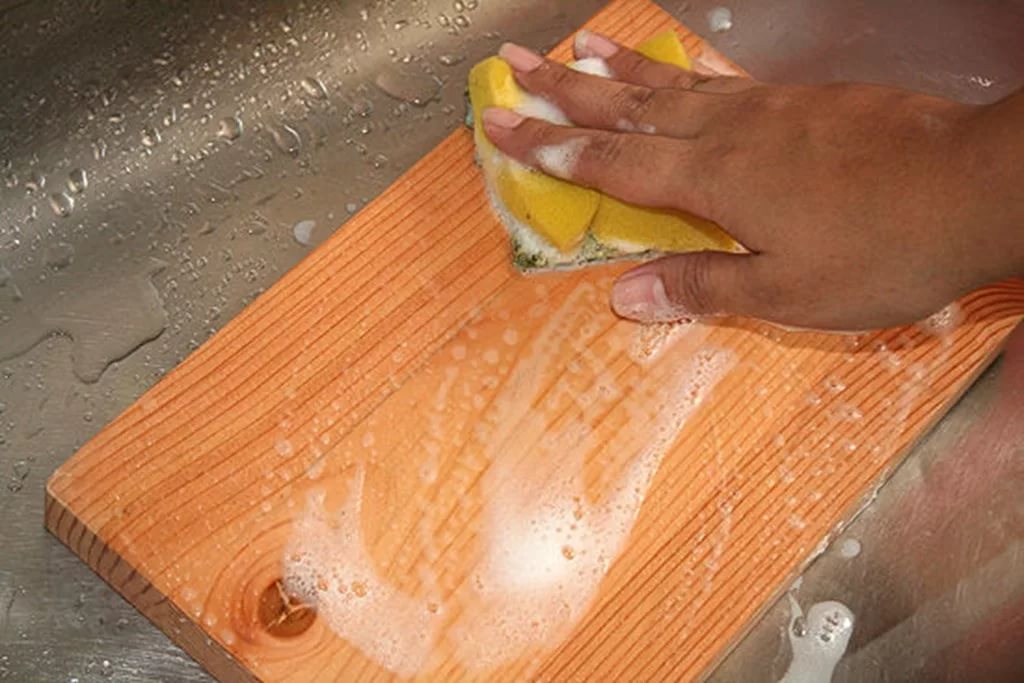
Daily use
You can apply the solution to a pre-washed board with a regular sponge. Another option is to spray. After this, you don’t have to worry about bacteria getting onto your knives or food from the surface of the board. They won't be there!
We do the same with the work table and dish dryer. Plastic containers, mugs, glasses, cutlery - all this can and should be washed with a regular cleaner with the addition of peroxide.
Advice! For daily use in the kitchen, it is better to pour the contents of the pharmacy package into a bottle, dilute it with water in a 1:1 ratio, and close it with a spray cap.
Cleaning household appliances
It’s hard to imagine a modern kitchen without expensive appliances. And here peroxide has proven itself to be the best!
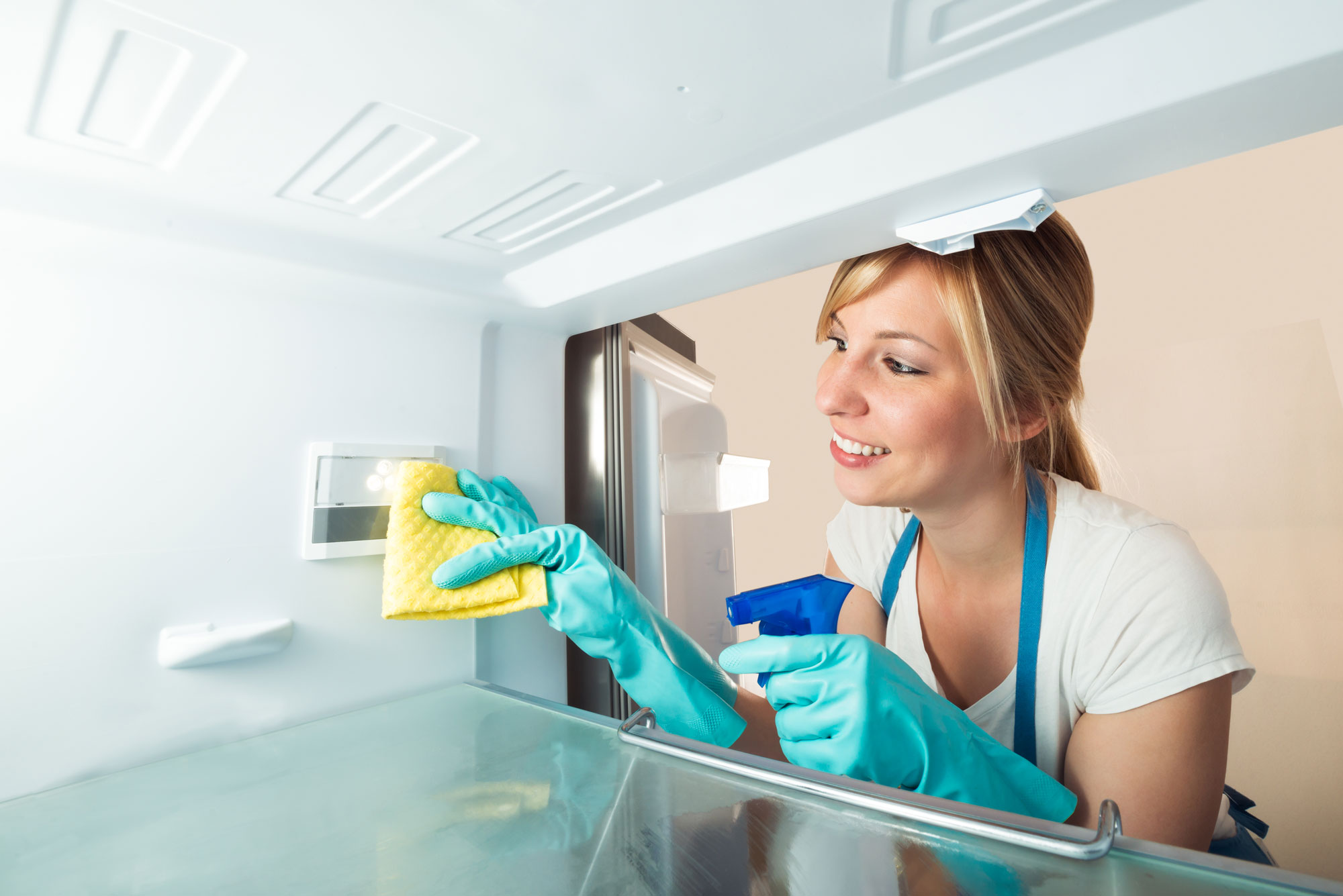
Reference! Peroxide does not corrode the outer coating, but does an excellent job of removing streaks and limescale.
To remove plaque, the solution is sprayed onto the surface, left for a couple of hours, and then washed off with soapy water.
The inner walls of a refrigerator, microwave oven, multicooker bowl, electric kettle - these devices can also be treated with peroxide. It will protect you from bacteria and get rid of unpleasant odors.
Washing dishes
The important ability of peroxide to dissolve in fats is used to clean dishes from carbon deposits.
However, for effective cleaning you will need another component with abrasive properties - baking soda.

Reference! Two kitchen “helpers” need to be mixed until a paste is obtained, rubbed into problem areas, and left for a while.Then rub a little again and rinse with warm water.
Peroxide can be added to dish soap in the dishwasher. Just a few drops, and the dishes shine like they just came from the store!
Caring for indoor plants
Gardening, even within the same kitchen, can be both rewarding and frustrating.
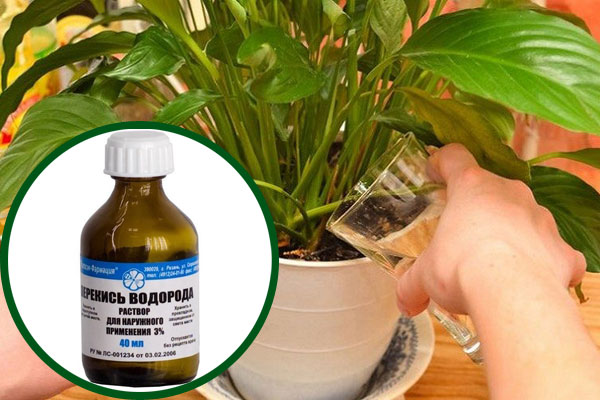
After transplantation, some plants do not feel well and find it difficult to adapt to the new environment. Helping them is easy. Before “moving” to a new place, treat the roots with a mixture of 1 liter of water and one tablespoon of peroxide. It is permissible to keep the roots in the mixture for up to a day. After this procedure, the plant will quickly return to normal and will delight the owner.
Watering with a similar mixture can accelerate growth and transform flowers in just a few applications. The fact is that the peroxide solution is similar to natural rainfall. This means that no additional feeding will be needed.
You can water the plants this way once a week. The same solution, to which 40 drops of iodine are additionally added, will protect against diseases and pests.
Important! All calculations are given for a three percent pharmaceutical peroxide solution.
Kitchen cleaning
Tile, sink, chairs, cabinets, floor - all this needs to be washed constantly! Some stains are persistent and persistent and difficult to get rid of. There is a way!

Cleaning surfaces
Advice! To wash tiles and joints between the sink and tiles, mix flour with peroxide to a paste. Rub the surface with the mixture and leave for several hours. Then rinse with plain water.
In case of severe contamination, you will need a different composition: half a glass of soda, a teaspoon of liquid soap and 50 ml of peroxide.
Cleaning kitchen sponges and napkins
Before leaving the kitchen, it would be good to remember the sponges, brushes, and rags with which everything was washed and cleaned. They also require care, as a huge number of microbes accumulate in them.
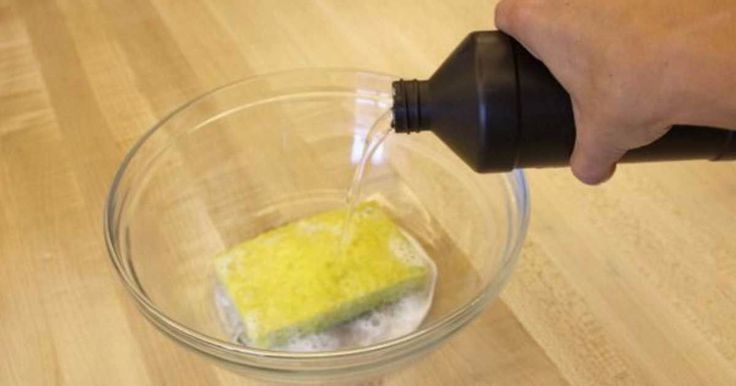
Advice! To rid textiles of germs and extend the life of sponges, they should be kept in peroxide for 10 minutes, squeezed out and dried.
The kitchen is now operating room clean! Thanks peroxide!





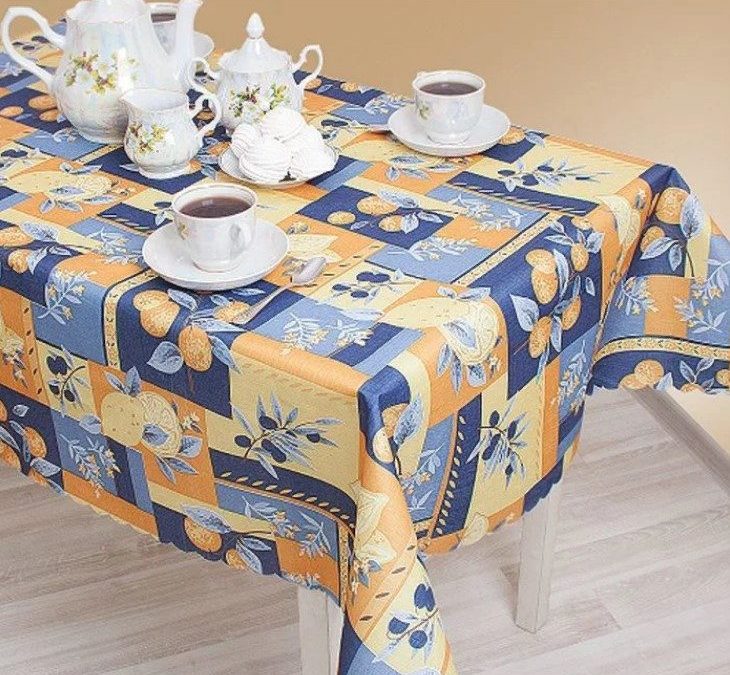
I don’t like amateurs - that’s what Wikipedia says: Hydrogen peroxide (hydrogen peroxide), H2O2